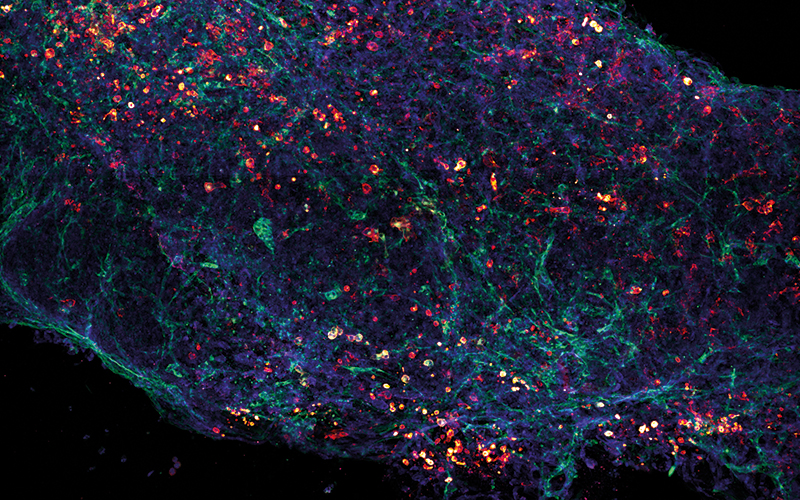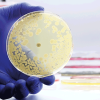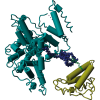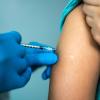Scientists from the University of Oxford and the University of Birmingham have made the first bone marrow “organoids” that capture the key features of human bone marrow.

This technology will allow for the screening of multiple anti-cancer drugs at the same time, as well as testing personalised treatments for individual cancer patients.
A study describes the new method, which results in an organoid that faithfully models the cellular, molecular and architectural features of myelopoietic (blood cell-producing) bone marrow.
The research also showed that the organoids provide a micro-environment that can accept and support the survival of cells from patients with blood malignancies, including multiple myeloma cells, which are notoriously difficult to maintain outside the human body.
Dr Abdullah Khan, a Sir Henry Wellcome Fellow at the University of Birmingham’s Institute of Cardiovascular Sciences and first author of the study, said: “Remarkably, we found that the cells in their bone marrow organoids resemble real bone marrow cells, not just in terms of their activity and function, but also in their architectural relationships – the cell types ‘self-organise’ and arrange themselves within the organoids just like they do in human bone marrow in the body.”
Image credit | Dr-A-Khan-University-of-Birmingham




